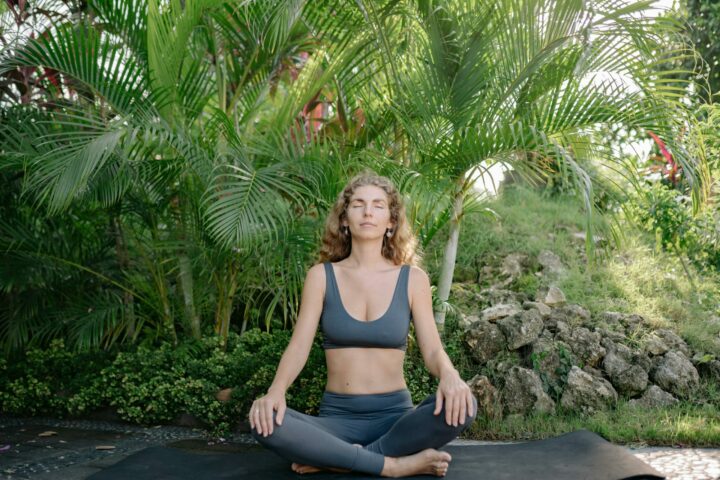The following contribution is from another author.
It doesn’t take a genius to work out that nature is good for you. Pair that with the activity of gardening and you’ve covered your physical, mental, and emotional health all in one. Creating a garden space that’s good for your wellbeing can completely change your life.
If you want a space at home where you can be yourself and find tons of health benefits at the same time, the garden is a perfect spot. Take a look at how to create a wellness garden in your home.
Explore Different Scents
Our senses are powerful tools that can be utilized to either stimulate or relax. Your garden is an ideal place to bring your senses to life but none more so than scent. Fill your garden with your favorite scents and let them hit you as soon as you step foot outside.
Did you know that the scent of roses is known to be a natural antidepressant? It can instantly start lifting your mood when you’ve had a tough day so it’s worth including at least one type of rose in your garden.
Plant a Tree
Trees are fantastic for the environment so you’ll be doing your community a favor by planting a tree in your garden. Having said this, there are tons of personal benefits to having a tree too. It will improve the air quality around your home which is ideal for using breathing techniques with meditation outdoors.
If you plant a fruit tree, you can benefit from using the fruit. Trees can be unpredictable when it comes to size and growth so make sure you contact someone who can maintain it for you. Arbor Max Tree Service can help you to evaluate and maintain the trees on your property.
Build a Birdhouse
Have you ever sat and listened to the sweet sound of a bird’s song? There’s nothing quite as beautiful as spending time outdoors listening to the birds. It’s another great way to engage another of your senses while you’re in the garden.
You can buy a birdhouse or you can put your own together simply. Fill it with bird seed and watch how many visitors you get. You may be surprised to see the number of species in your area.
Seating
Walking through a tranquil garden is a great way to spend some time but you’ll need to have a dedicated seating area if you want to spend more time in your garden. Choose a spot that allows you to look at everything in your garden but still gives you the privacy to relax.
There are many options when it comes to garden seating. From comfy outdoor sofas to hammocks, deck chairs, benches, and many more. What you choose will depend on your preference and the type of theme you’re trying to create.
Low Maintenance
The last thing you want to do is walk out to your garden and turn back around because all you see is a huge to-do list. Gardens are difficult to maintain so if you want a space that can benefit your wellbeing, it’s important to keep it low maintenance. Think about replacing your lawn with gravel or patio.
Swap hard to manage flowers for hedges, bushes, and perennials. Instead of having large flower beds, consider using pots. You can create the garden you want without having to spend all of your time pruning it.
Artwork
Artwork doesn’t just hang on indoor walls. You can turn your garden into a masterpiece by strategically placing artwork that connects you to the garden. The world is your oyster when it comes to outdoor artwork because nature is art in itself.
Whether you use wooden artwork, metal pieces throughout your garden, or even use stones to create curved pathways across the ground, it will all add to the intrigue. Don’t forget about water pieces too- there’s so much you can do with water to create art in your garden.
Grow Your Own
Having a garden gives you a wonderful opportunity to be somewhat self-sufficient. A big part of being healthy is eating in the right way and growing your own vegetables gives you that option. Unlike those bought at supermarkets, you know exactly how your vegetables have been grown and what was used to grow them.
You can start off small by growing some herbs in pots and move on to a raised vegetable bed with carrots, parsnips, or potatoes.
If you’ve enjoyed reading this article, why not take a look at the others?
















